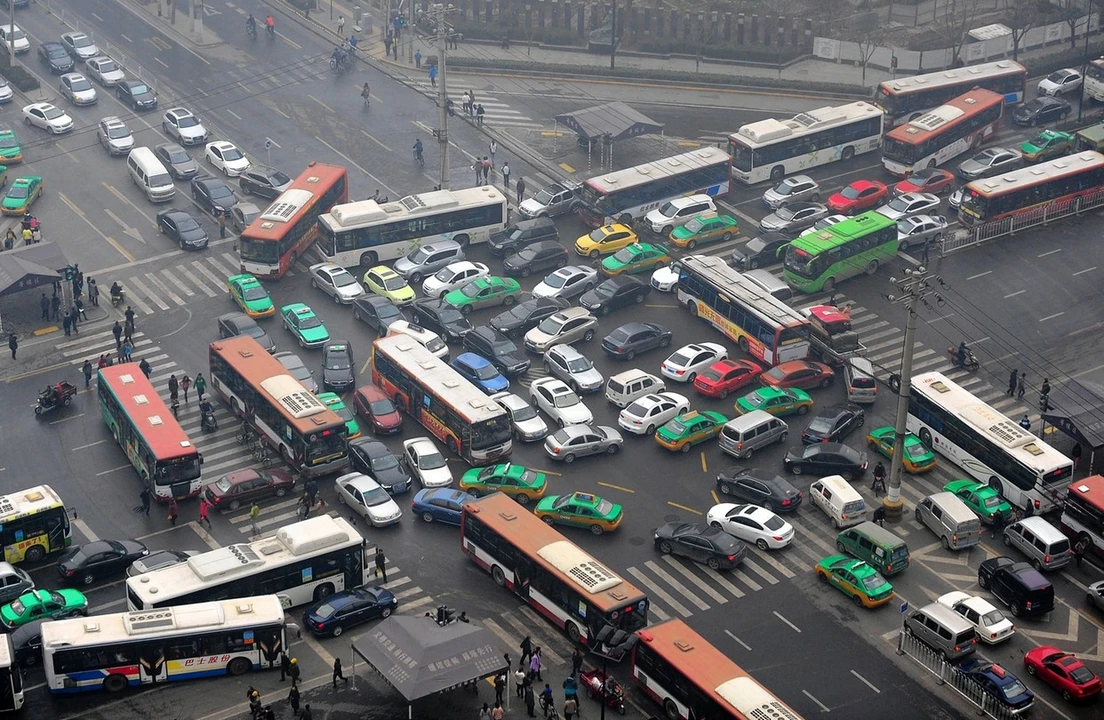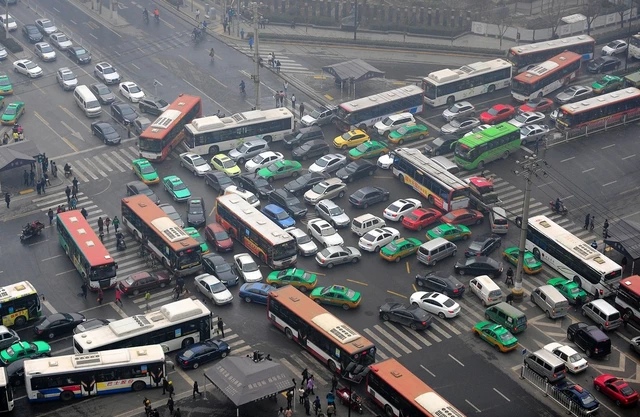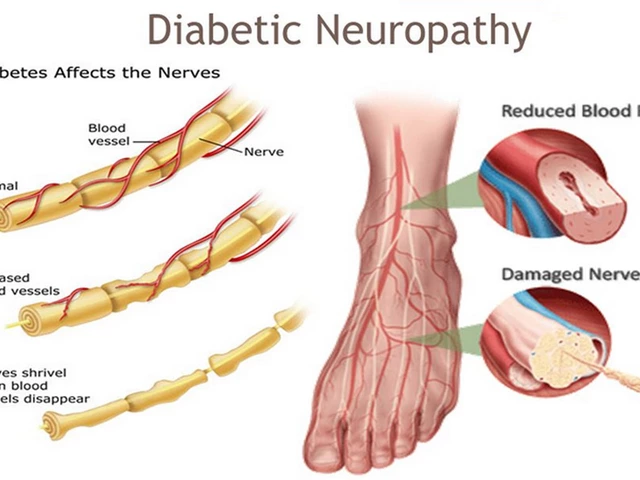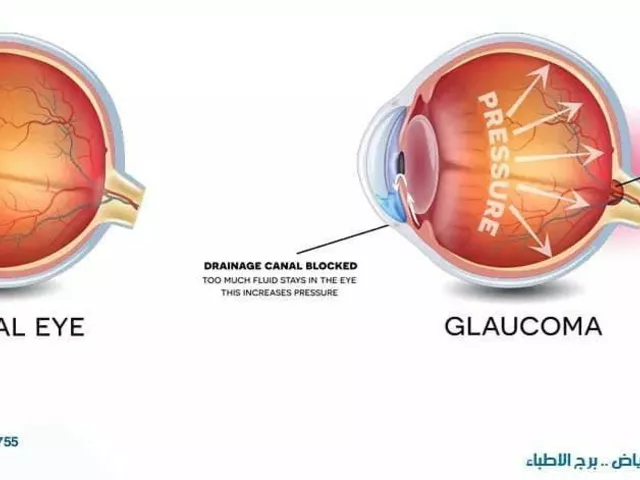
The impact of e-commerce on urban congestion
The Rising Trend of E-Commerce
It's no secret that e-commerce has been on the rise over the past decade, and its impacts on urban congestion can no longer be ignored. With the increasing number of online shoppers and the convenience of having products delivered directly to our doorsteps, we need to consider the effects this trend has on our cities and their infrastructure. In this article, we will explore the various ways in which e-commerce is contributing to urban congestion and discuss potential solutions to mitigate these issues.
Surge in Delivery Vehicles
One of the most visible impacts of e-commerce on urban congestion is the significant increase in delivery vehicles on our roads. As online shopping continues to grow in popularity, so does the demand for fast and efficient delivery services. This has resulted in a surge of delivery trucks and vans navigating through already crowded streets, adding to the overall traffic and pollution levels in our cities.
Increased Demand for Warehousing and Distribution Centers
Another factor contributing to urban congestion is the increased demand for warehousing and distribution centers. E-commerce businesses require large, strategically located spaces to store and manage their inventory. These facilities are often situated close to urban centers, resulting in increased traffic and congestion as delivery vehicles travel to and from these locations.
On-Demand Delivery Services
On-demand delivery services, such as food delivery apps and courier services, have also played a significant role in exacerbating urban congestion. These services rely on a fleet of drivers who are constantly on the move, picking up orders and delivering them to customers. The convenience of these services has led to a rapid increase in their use, further contributing to traffic issues in urban areas.
Impacts on Public Transportation
The rise of e-commerce has also had indirect effects on public transportation. With more people opting to shop online and have their purchases delivered, fewer individuals are using public transit to travel to brick-and-mortar stores. This decline in ridership can lead to reduced funding for public transportation, resulting in lower quality services and potential cutbacks, thereby encouraging more people to use private vehicles and adding to urban congestion.
Last-Mile Delivery Challenges
Last-mile delivery - the final step of the delivery process - is one of the most significant contributors to urban congestion. As delivery vehicles navigate through dense city streets to reach their final destination, they often double-park, block traffic lanes, and contribute to overall gridlock. Additionally, the need for fast delivery times puts pressure on drivers to complete their routes quickly, potentially leading to unsafe driving practices.
Environmental Impact
The environmental impact of e-commerce and its contribution to urban congestion cannot be overlooked. The increased number of delivery vehicles on the road results in higher levels of air pollution, noise pollution, and greenhouse gas emissions. Furthermore, the energy consumption associated with warehousing and distribution centers contributes to an overall increase in the carbon footprint of e-commerce operations.
Strain on Infrastructure
Urban congestion caused by e-commerce also places a significant strain on city infrastructure. Traffic congestion can lead to increased wear and tear on roads and bridges, necessitating costly repairs and maintenance. Additionally, the increased demand for warehousing and distribution centers can lead to the development of valuable land that could otherwise be used for housing or other essential city services.
Potential Solutions to Mitigate Congestion
Addressing the issue of urban congestion caused by e-commerce requires a multifaceted approach. Some potential solutions include improving the efficiency of delivery routes, promoting the use of electric and low-emission vehicles, and implementing congestion pricing to discourage private vehicle use during peak hours. Additionally, investing in the improvement and expansion of public transportation infrastructure can help reduce the reliance on private vehicles and alleviate congestion.
Conclusion
In conclusion, the rapid growth of e-commerce has had significant impacts on urban congestion. As we continue to embrace the convenience of online shopping and on-demand delivery services, it is crucial that we consider the effects on our cities and work towards implementing solutions that will mitigate these issues. By addressing the challenges associated with e-commerce and urban congestion, we can help create more sustainable, livable cities for future generations.








